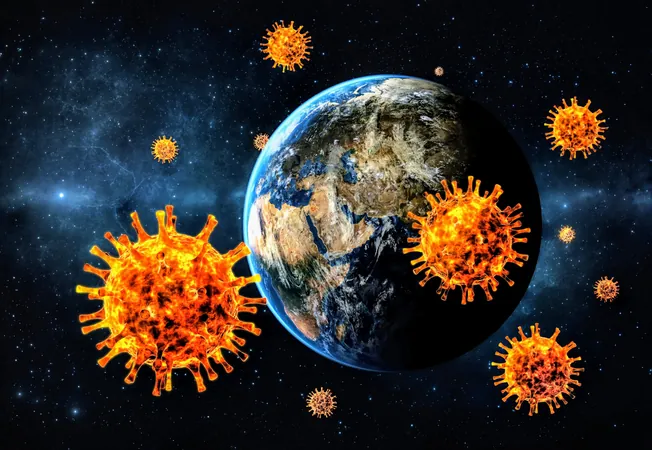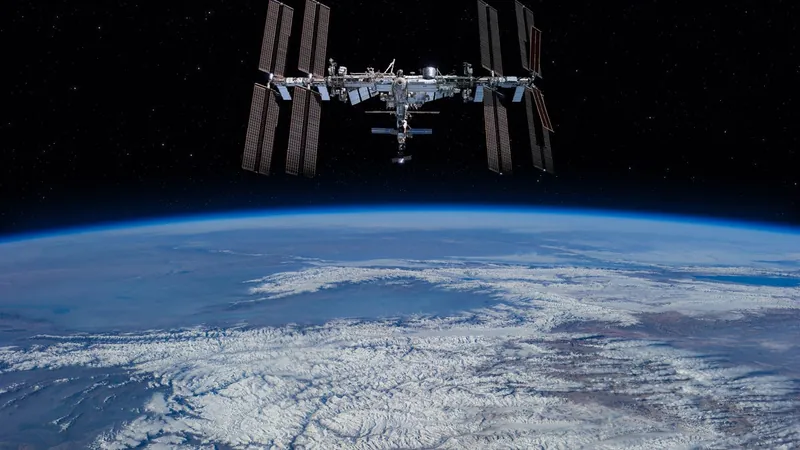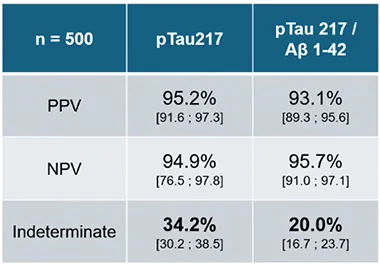
Microbes Riding the Winds: A New Frontier in Atmospheric Research
2024-11-21
Author: Arjun
Have you ever considered that the winds might carry more than just rain?
In a groundbreaking study, an international team of atmospheric, health, and climate scientists from Spain and Japan has revealed an astonishing discovery: a variety of fungi, bacteria, and viruses are hitching rides on high-altitude winds across continents!
In their research, scientists collected air samples from altitudes between 1,000 and 3,000 meters to explore how these microorganisms survive the harsh conditions of our atmosphere. What they found was remarkable — not only could these organisms endure such extreme environments, but they were also thriving as they traversed the globe.
A Journey of Airborne Microbes
Dust is infamous for traveling vast distances, with scientists documenting its ability to cross continents. For instance, wind patterns can transport African dust all the way to North and South America. However, this recent study sheds light on what this dust carries: a diverse array of microscopic life.
In their pursuit of knowledge, researchers took to the skies over Japan, utilizing a charter plane to collect wind samples and determine the heights at which microbes could survive. Following the collection, extensive DNA analyses revealed a stunning array of microbial diversity, including 266 distinct types of fungi and 305 types of bacteria, with many of these microorganisms originating from soil and plant sources.
Microbial Highways in the Sky
Researchers posited that a significant number of these microbes came from regions in China, indicating a staggering journey of at least 2,000 kilometers. This study highlights the capability of high-altitude winds to transport microorganisms globally, raising concerns about their potential role in disease transmission.
While the notion of airborne pathogens crossing borders might be alarming, the research emphasizes the possibility of disease transmission routes that were previously unconsidered. Among the detected microbes, many are known to inhabit the human body, particularly in areas such as the mouth and intestines. Although a direct link between these airborne microbes and health implications has yet to be established, the enlightening findings introduce a new paradigm regarding pathogen dissemination.
The Cascading Effects on Health and Ecosystems
The implications go beyond human health concerns. The transfer of microbes through wind has the potential to disrupt ecosystems worldwide. Think about it: pathogens like E. coli and various Staphylococcus species could be floating in the atmosphere, potentially impacting new environments and species as they land.
Moreover, this exchange highlights the interactions between the atmosphere and terrestrial ecosystems, illuminating how atmospheric pressure systems, such as the Siberian High, can transport microbes from agricultural regions to distant locales.
Towards a Deeper Understanding of Microbial Travel
This study opens doors to a burgeoning field of research aimed at understanding microbial behavior in high altitudes and their capacity for survival in extreme conditions. The findings underscore the urgency of developing strategies to mitigate disease spread, as the long-distance transport of microbial pathogens poses significant challenges for public health and environmental safety.
Co-author Xavier Rodó aptly summarized the importance of this work: “This study confirms the long-distance transport of microbial pathogens, which has important implications for public health and environmental protection.”
Conclusion
So, the next time you gaze up at the sky, remember — it may harbor more than just clouds and birds. It’s a new frontier for scientific inquiry, filled with mysteries waiting to be unraveled.
This research has been published in the prestigious journal *Proceedings of the National Academy of Sciences*. Stay tuned for more updates in this fascinating area of study!



 Brasil (PT)
Brasil (PT)
 Canada (EN)
Canada (EN)
 Chile (ES)
Chile (ES)
 España (ES)
España (ES)
 France (FR)
France (FR)
 Hong Kong (EN)
Hong Kong (EN)
 Italia (IT)
Italia (IT)
 日本 (JA)
日本 (JA)
 Magyarország (HU)
Magyarország (HU)
 Norge (NO)
Norge (NO)
 Polska (PL)
Polska (PL)
 Schweiz (DE)
Schweiz (DE)
 Singapore (EN)
Singapore (EN)
 Sverige (SV)
Sverige (SV)
 Suomi (FI)
Suomi (FI)
 Türkiye (TR)
Türkiye (TR)